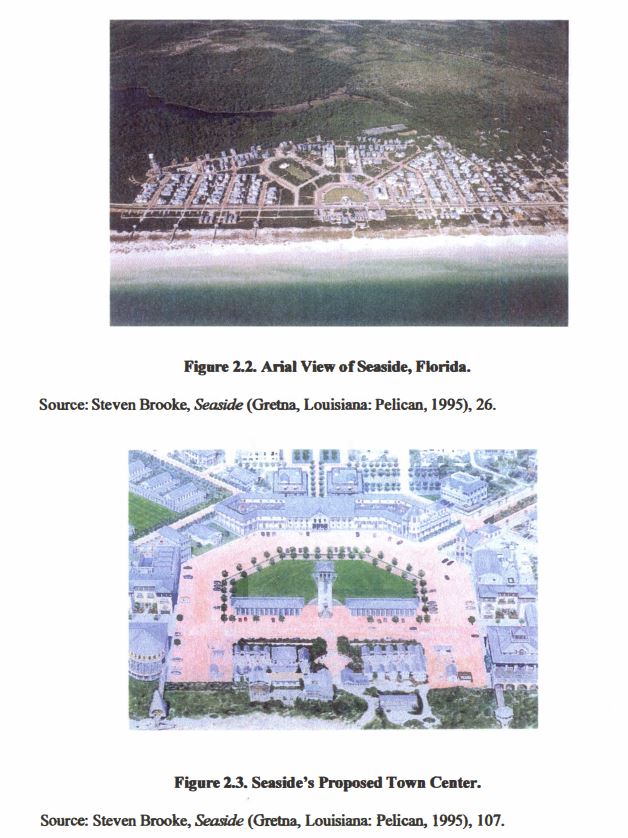what did New Urbanist architect Andres Duany mean when he said Seaside was inspired by the New Towns of nazi lebensraum planning?
![]() he's not being literal, right??
he's not being literal, right??
![]() :
:
Show


Show


![]()
(continued below)
what did New Urbanist architect Andres Duany mean when he said Seaside was inspired by the New Towns of nazi lebensraum planning?
![]() he's not being literal, right??
he's not being literal, right??
![]() :
:


![]()
(continued below)
So with the knowledge that Leon Krier is sus, lets get back to Seaside
Galt's gulch homeowners association
the Real "15 minute city" conspiracy isn't that you won't be allowed out of your neighborhood or whatever chuds say. Its that you won't be allowed IN to the "Libertarian Exit" (Epstein-coded lebensraum) New Urbanist New Town next door, because your community has been selected for "Reconstruction" (extermination through labor).
:liberal-confused:
this guy is literally a character in a bmf post: "woke Stalinist authoritarians say my ancap colony is 'racist', but they only pretend to like Black people!"
"citizen-buyers" of Seaside not fully human, wow!
nothing can convey the the disease of being in a new urbanist space. it just feels fucking off